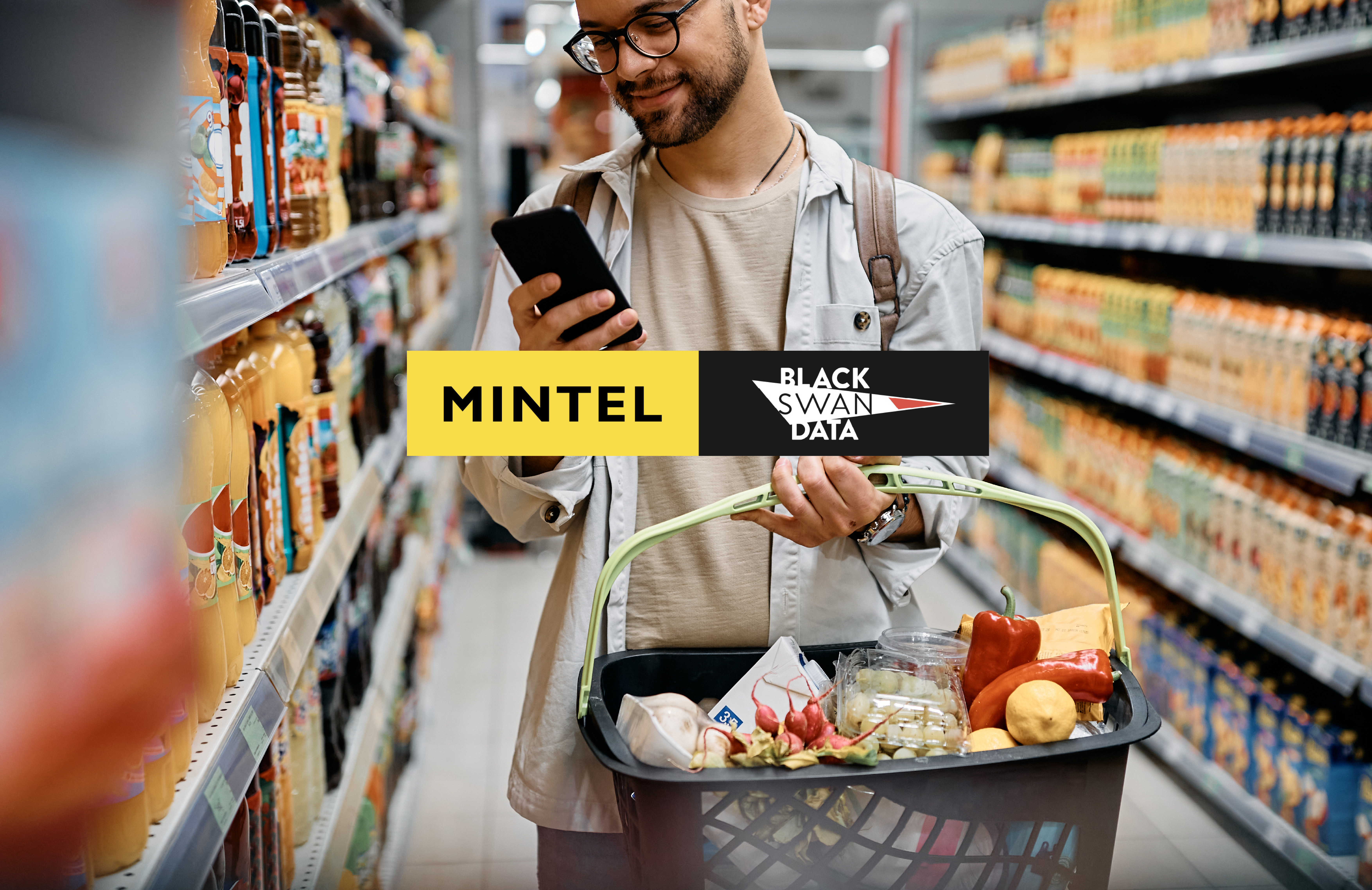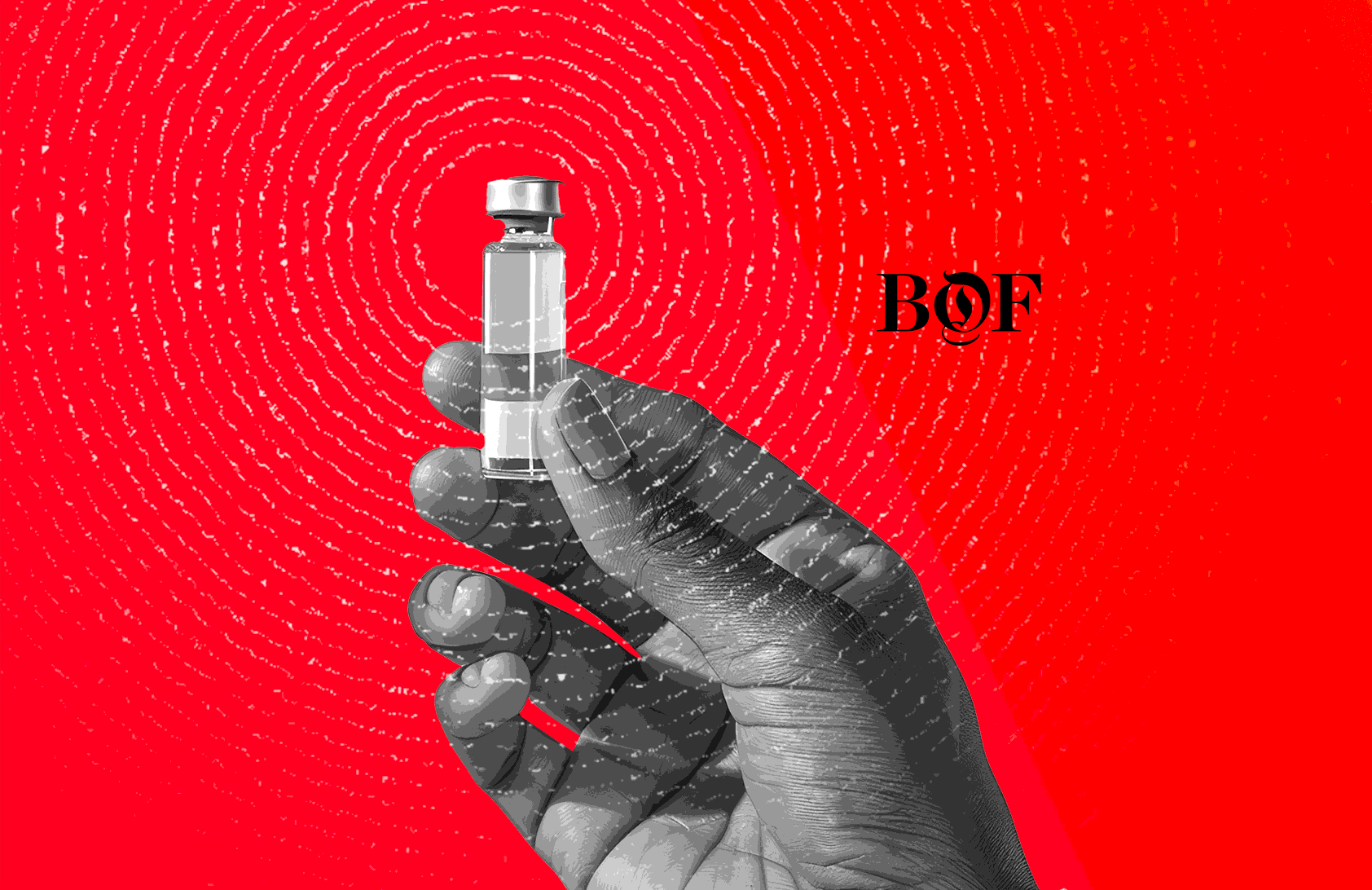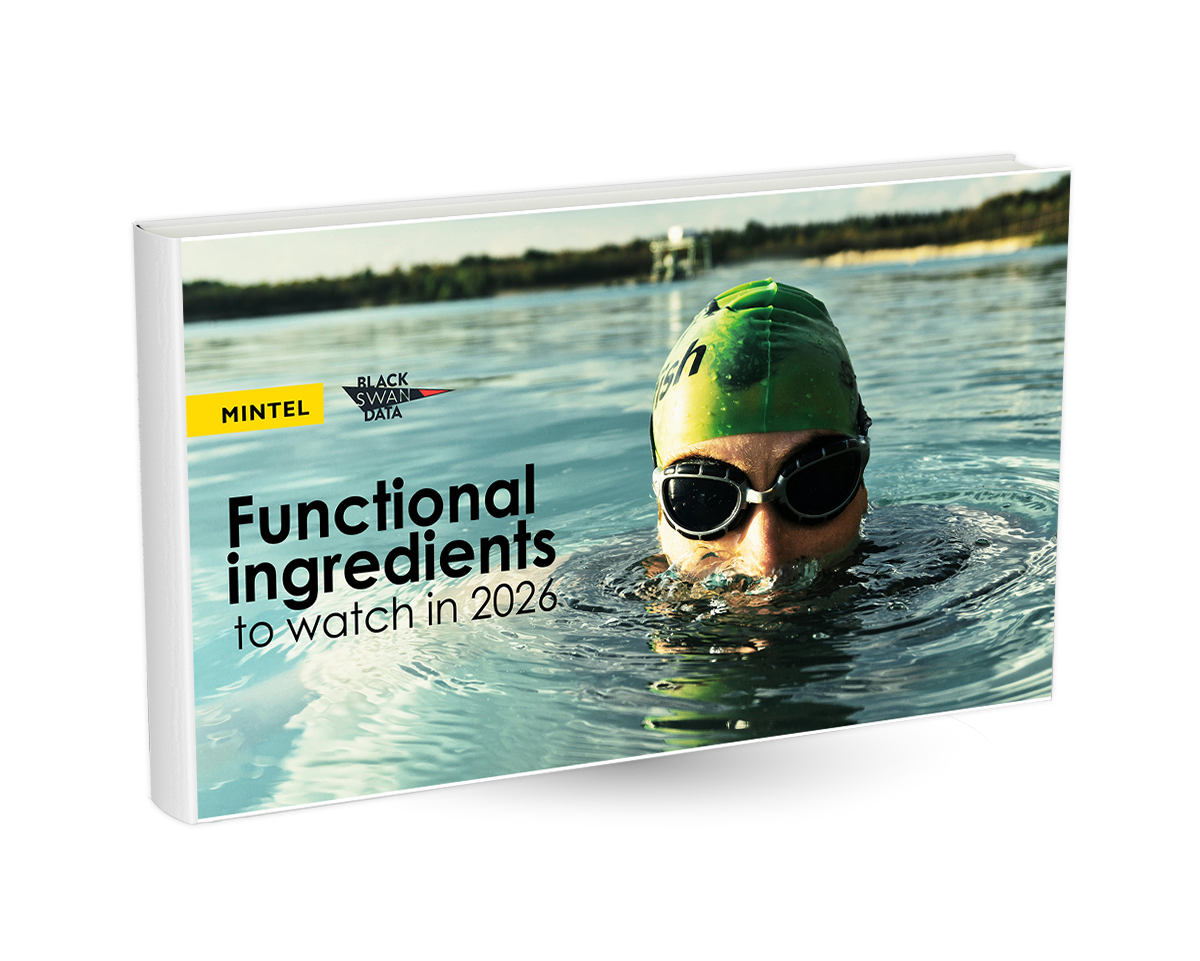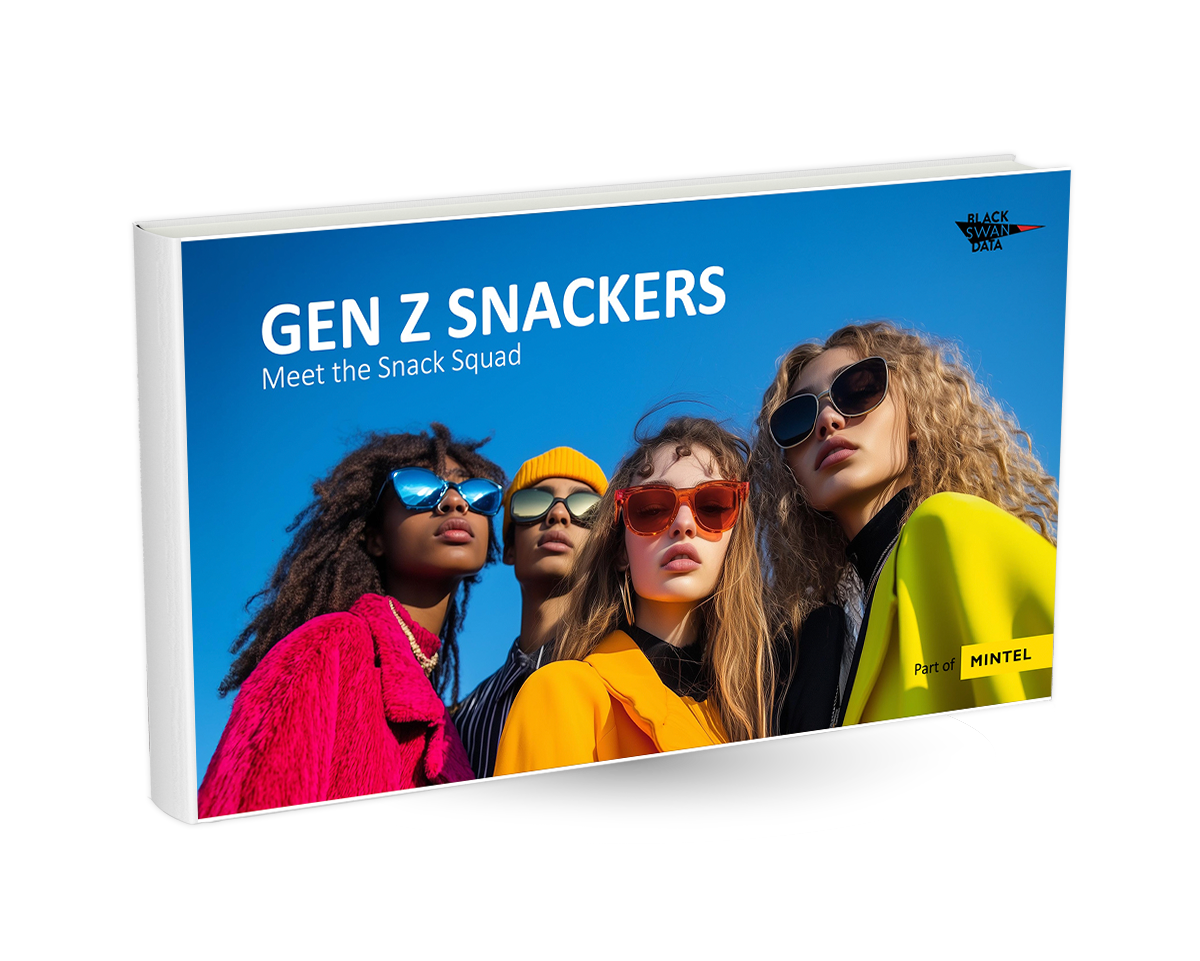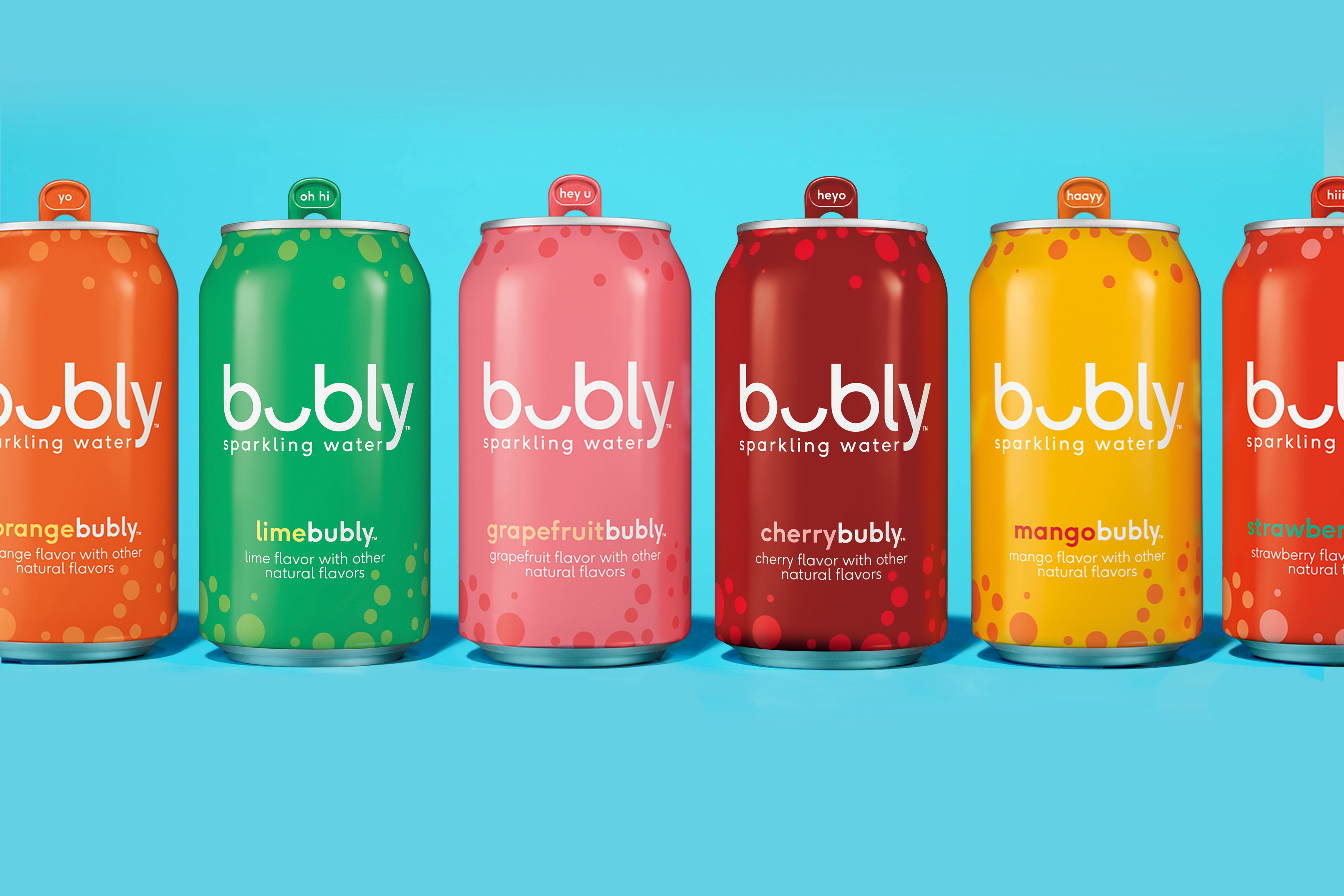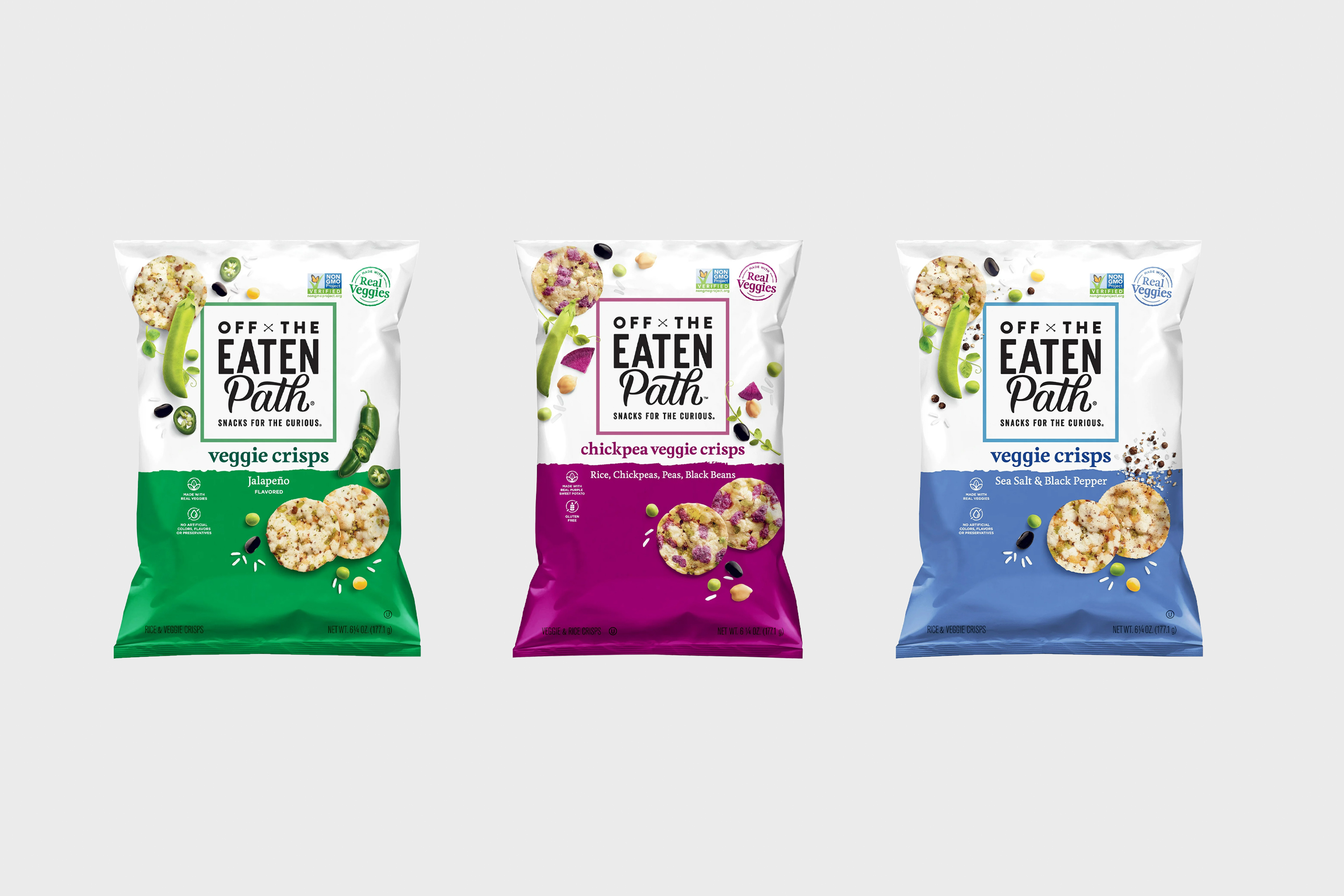At Black Swan we set ourselves a simple, but ambitious goal:
to ensure our clients never miss a trend. We use our cutting-edge data science and analytics teams to track and distil social conversations around some of the world’s biggest consumer categories – snacks, beverages, beauty and more – to surface those small innovations that we predict might just become the next big thing.
But how can you do this outside of a specific category, to understand bigger trends that go beyond just a single product group? Can we look to understand the zeitgeist and cultural drivers that underpins general, everyday consumer conversation? And how could that look as the world adjusts to an ongoing global pandemic? Step forward our new
COVID-19 Pulse reports.
Unlike a “traditional” social listening approach to understanding online chatter, which begins with hypothesising what trends people might be talking about and then looking for manifestations of those conversations, Black Swan’s methodology is built from the bottom-up. We take over 350,000 cultural trend entities – brands, sports, movies, artists, movements, organisations and more – and employ a network science approach to understand how conversations of those entities are
naturally clustering together; once we understand those objective, organic clusters, we can then get a clearer view of the trends within all those social conversations on a more macro level. In essence,
Pulse represents the purest method of understanding broad themes in social conversation, giving brands a fast, accurate read of the nation.
Both sides of the Atlantic rapidly adjusting to a brave new COVID-19 world
Speaking on that macro level, the current global COVID-19 pandemic is certainly one of the widest-reaching cultural drivers many of us will have ever experienced, not least in terms of how rapidly it grew and how pervasively it has impacted people’s daily lives. Given that context, we applied our methodology to understand general online discussion in the UK and USA for the first three months of 2020, to surface not just how the virus is being discussed, but more widely how the pandemic is affecting us day-to-day.
In analysing over 242M Twitter conversations in the UK and USA, we have been able to derive some of the biggest conversation drivers in both countries so far this year. Unsurprisingly, there are many similarities in how people on both sides of the Atlantic are talking about their personal experiences, but equally we have picked up on some key differences too.
Shared experiences, and shared concerns
The biggest tension by far in both the UK and USA is around family: the difficulties in not being able to see relatives, worries around those in vulnerable groups and concerns for those family members working on the medical and care front lines contributed to 1.2M mentions in the UK (+42% month-on-month) and over 6.5M mentions in the USA (+16% MoM). Work and employment were also big points of conversation generally (962k mentions in the UK, 4.2M in the US), as large proportions of workers suddenly found themselves having to adjust to a new home office environment (“working from home” conversations: +6,197% MoM in the UK, +7,686% MoM in the US). Related worries about the prospect of losing jobs were also seen in both countries, with furloughing conversations up +28,340% MoM in the UK and discussions around unemployment benefits growing +10,944% MoM in the US.
Despite the drastic change it has meant for most people, consumers are heeding governmental advice around social distancing and self-isolation, based on the large numbers of conversations on these topics in both countries (“social distancing”: over 351k mentions across UK and US; “self-isolating”: over 213k mentions). However, when looking at the most-discussed conversations, there are some quite significant differences between the UK and the US. In the former, for instance, discussion is much more related to local, on-the-ground subjects, such as local amenities, supermarkets, and parks, plus large increases in conversations around how-to guides, activities to pass the time whilst at home, and group video chat platforms like Houseparty. In the US, however, the biggest volumes of conversation are predominantly high-level – President Trump, official reports, elections, and the government – suggesting that Americans are more concerned with understanding the official response than discussing their personal or local reactions.
Distracting ourselves from all the doom and gloom?
Despite these differences, the one thing people in both countries definitely have in common is the problem of entertaining themselves whilst stuck at home. Perhaps unsurprisingly, the biggest conversation topic by volume is around TV series (428k conversations in the UK, 1.79M in the US) as people talk about which box sets to start binging on. In the US, old classic series or feel-good shows have seen steep rises in mentions (Beyond Belief: Fact or Fiction +30,075% MoM; Big Cat Rescue +10,467% MoM), whilst Brits are taking a slightly alternate approach and leaning into the decidedly post-apocalyptic genre of movies (I Am Legend +3,828% MoM; Contagion +1,945% MoM). And whilst many are lamenting the lack of their favourite sports because of COVID-19 (soccer mentions are +43% MoM in the UK, and NBA mentions +54% MoM in the US), not everyone is defaulting to the TV; mentions of reading are up 8% MoM in the UK and +26% MoM in the US.
So what can brands take from all this?
Our
COVID-19 Pulse reports have surfaced the many ways people are being affected by the pandemic currently, not least understanding the concerns people have about what could happen to their jobs and loved ones in the weeks to come. However, there are also definite areas for brands to potentially play in.
In the UK, where conversation is currently lighter in tone, brands could look to help consumers maintain those small moments of joy and deliver home comforts whilst people are self-isolating. Helping with entertainment, staying connected virtually with others, and perhaps picking up a new skill are all themes that are already resonating with Brits adjusting to life indoors. For example, East London brewery, Signature Brew has launched its very own ‘
pub in a box’.
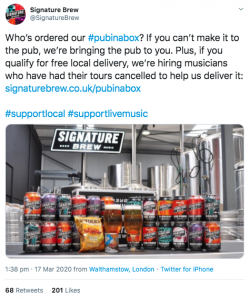
In the US, by contrast, conversations are not quite as joyous, with plenty of debate about the governmental response and next steps on a macro state- or federal-level. Consumers here may be more receptive to reassurance from brands and organisations: being clear and reliable with messaging, showing people what brands are doing to help beyond the governmental response, and tips on what people can do themselves to ease their at-home situations could all land well at this moment in time. A great example is ice hockey equipment manufacturer, Bauer, who are repurposing their factory floors and equipment
to make face shields for medical personnel.
The one thing to keep in mind is that, whilst it seems longer, we are only a few weeks into what may be several months of this “new normal”, and so we will continue to monitor these cultural drivers in the context of the pandemic with our ongoing
COVID-19 Pulse reports series. While it is too early to predict which trends will play out, we are seeing many of the category drivers we predicted to grow before COVID-19, accelerate. This should give confidence around plans previously built on those choice category drivers. For more information on what those drivers may mean in your product category specifically,
get in touch.
Note: Data was taken from Black Swan’s Pulse reports with data up to and including 30th March 2020.





 In the US, by contrast, conversations are not quite as joyous, with plenty of debate about the governmental response and next steps on a macro state- or federal-level. Consumers here may be more receptive to reassurance from brands and organisations: being clear and reliable with messaging, showing people what brands are doing to help beyond the governmental response, and tips on what people can do themselves to ease their at-home situations could all land well at this moment in time. A great example is ice hockey equipment manufacturer, Bauer, who are repurposing their factory floors and equipment
In the US, by contrast, conversations are not quite as joyous, with plenty of debate about the governmental response and next steps on a macro state- or federal-level. Consumers here may be more receptive to reassurance from brands and organisations: being clear and reliable with messaging, showing people what brands are doing to help beyond the governmental response, and tips on what people can do themselves to ease their at-home situations could all land well at this moment in time. A great example is ice hockey equipment manufacturer, Bauer, who are repurposing their factory floors and equipment 